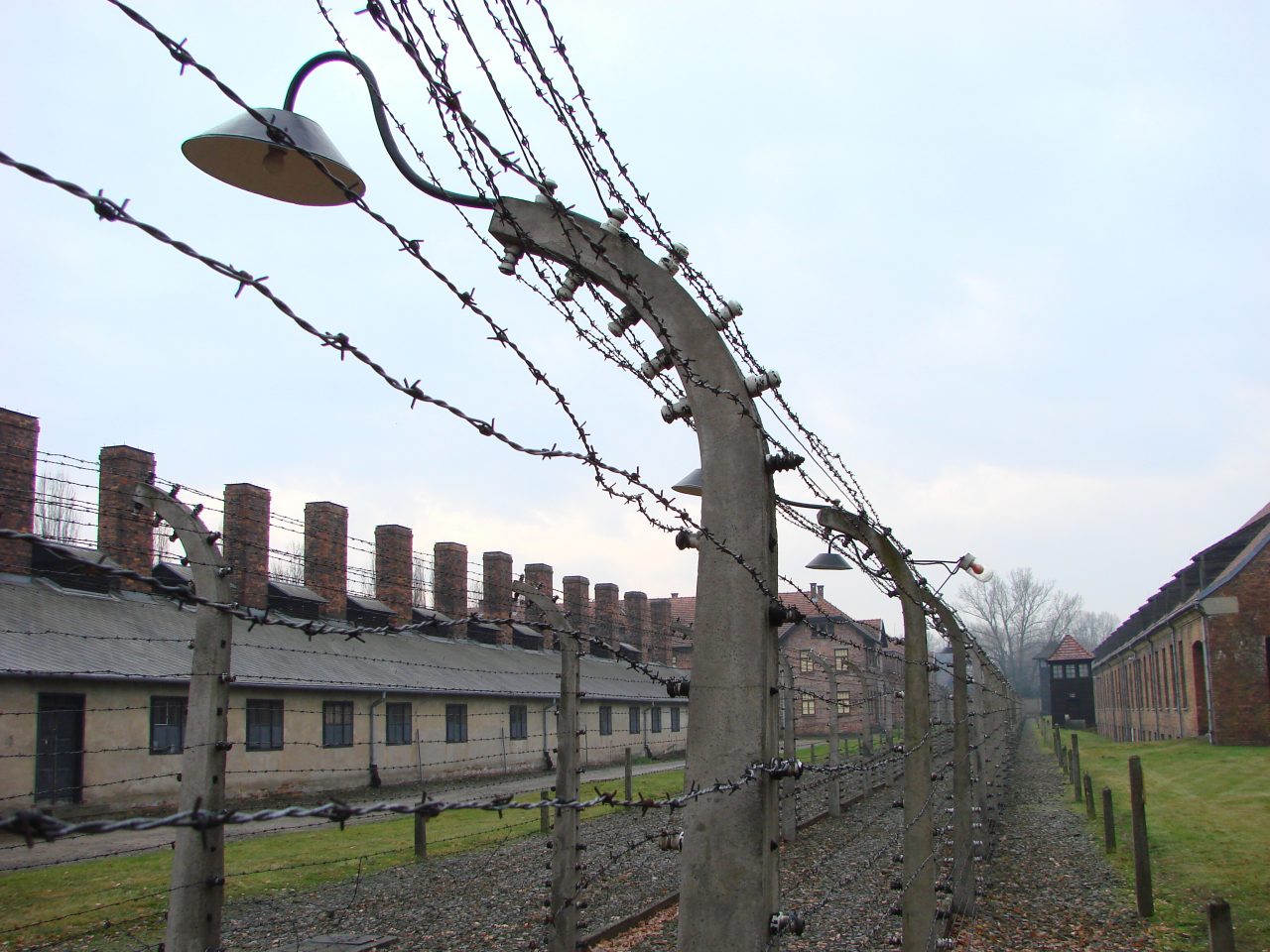Nazi Persecution of other groups: 1933 ‑ 1945
In addition to singling out Jews for complete annihilation, the Nazis targeted for discrimination and persecution, anyone they believed threatened their ideal of a ‘pure Aryan race’.
Nazi beliefs categorised people by race, and Hitler used the word ‘Aryan’ for his idea of a ‘pure German race’. The Nazis believed Aryan people were superior to all others. Their devotion to what they believed was racial purity and their opposition to racial mixing partly explains their hatred towards Jews, Roma and Sinti people and black people. Slavic people, such as those from Poland and Russia, were considered inferior and were targeted because they lived in areas needed for German expansion.
The Nazis wanted to ‘improve’ the genetic make-up of the population and so persecuted people they deemed to be disabled, either mentally or physically, as well as gay people. Political opponents, primarily communists, trade unionists and social democrats, as well as those whose religious beliefs conflicted with Nazi ideology, such as Jehovah’s Witnesses, were also targeted for persecution.
Hundreds of thousands of lives were destroyed because of Nazi persecution of other groups, and many groups did not receive acknowledgement of their suffering until years after 1945.
Image: Auschwitz I Camp – Oswiecim, Poland © Adam Jones



